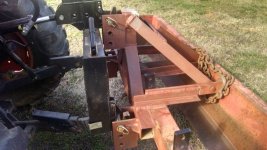LD1
Epic Contributor
If you look at the size of the hole in most cylinders, it its pretty much about the same size as the ID of the fittings that would fit it. And usually more than adequate for whatever flow the cylinder is going to see. That opening in your cylinder is large enough to flow enough volume for that cylinder to be extremely fast.


